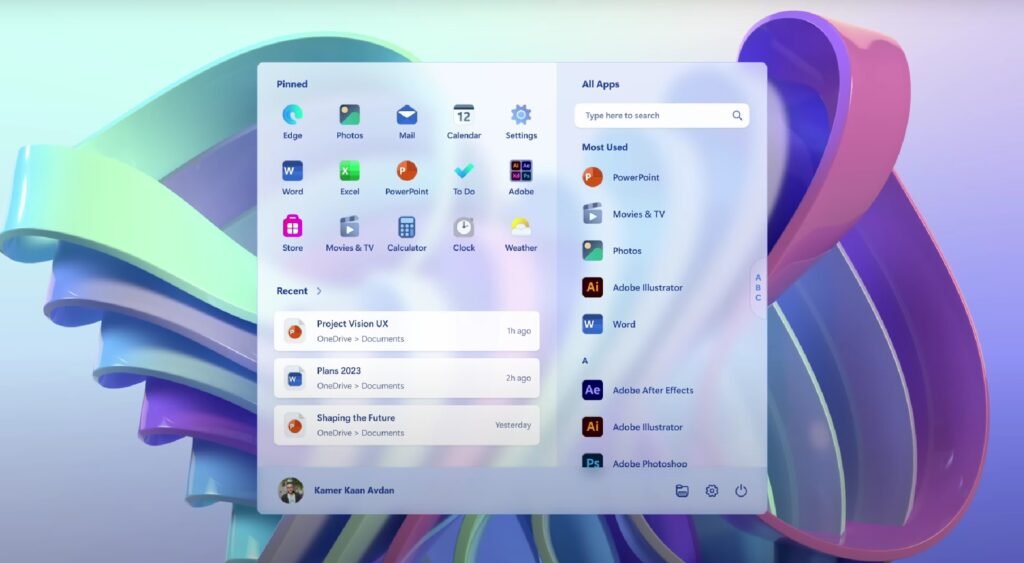Windows 12 comes with strict system requirements, but many users want to install it on their older computers that don’t meet these criteria. Fortunately, there are ways to bypass these requirements and still install Windows 12.
In this guide, we’ll walk you through the process in simple steps. Also, we are going to share Windows 12 system requirements.

Step 1: Preparation for bypassing
- Before starting, ensure you have a Windows 12 installation USB or ISO file.
- Back up any important data on your computer as a precaution.
Step 2: Registry Modification
- Press the Windows key + R to open the Run dialog.
- Type “regedit” and press Enter to open the Registry Editor.
- Navigate to “HKEY_LOCAL_MACHINE\SYSTEM\Setup”.
- Look for keys related to TPM and Secure Boot, such as “LabConfig” or “OOBE”.
- Modify the values of these keys to 0 or delete them altogether.
- Close the Registry Editor.
Step 3: Installation
- Insert the Windows 12 installation USB or mount the ISO file.
- Restart your computer and boot from the installation media.
- Follow the on-screen prompts to start the installation process.
- When prompted for system requirements, the modified registry should bypass the checks.
- Proceed with the installation as usual.
Step 4: Post-Installation
- Once Windows 12 is installed, you may need to install drivers for any hardware that isn’t automatically detected.
- Check for updates through the Settings app to ensure your system is up to date.
- Restore any backed-up data to your computer.
Step 5: Caution
- Keep in mind that bypassing system requirements may lead to instability or compatibility issues.
- Be cautious when modifying the registry, as incorrect changes can cause system errors.
- Consider the risks involved and proceed at your own discretion.
Conclusion: By following these steps, you can bypass Windows 12 system requirements and install the operating system on older hardware. Remember to proceed with caution and backup your data before making any changes. While bypassing system requirements is possible, it may not guarantee optimal performance or stability.
Disclaimer: The methods described for bypassing system requirements are not officially supported by Microsoft and may carry risks, including voiding warranties and compromising system security and stability. Users should proceed with caution and consider the potential implications before attempting these workarounds.
System Requirements for Windows 12
Here are the expected system requirements based on the current speculation:
- Processor: 1GHz or faster with 2 or more cores on a compatible 64-bit processor or SoC.
- Memory: At least 4 GB RAM.
- Storage: 64 GB or larger storage device.
- System firmware: UEFI, Secure Boot capable.
- TPM: Trusted Platform Module (TPM) version 2.0.
- Graphics card: Compatible with DirectX 12 or later with WDDM 2.0 driver.
- Display: Larger than 9-inches with HD Resolution (1366×768).
